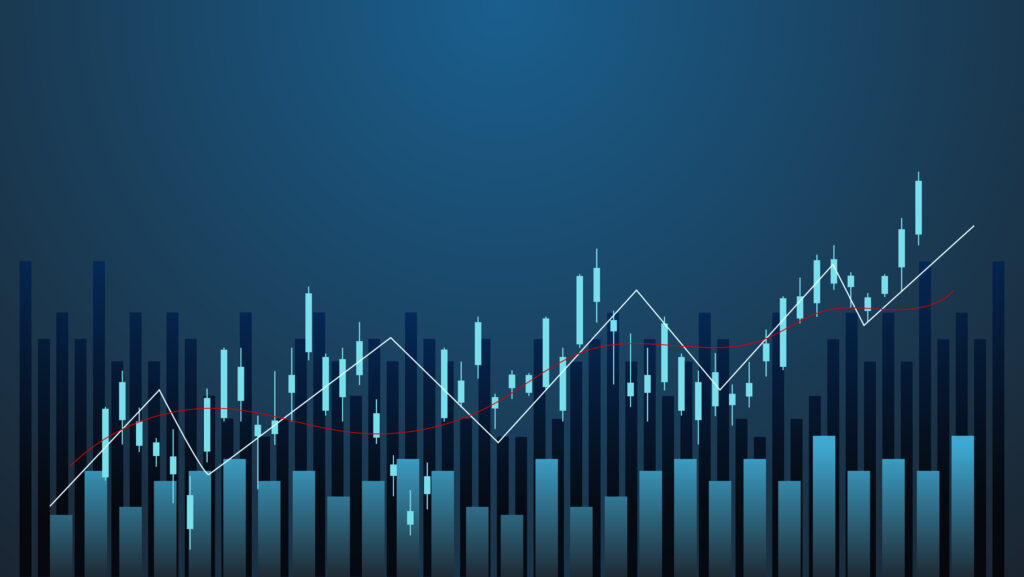
The Power of Compounding Working Against You
If you lived through the 1970s, you probably know the visceral fear that accompanies the word “inflation.”
During that “Great Inflation” period, the rate of price increases surged to double-digit levels—reaching 14% by 1980. Businesses were destroyed; household budgets were shredded. Only by raising interest rates to a painful 20% did the Federal Reserve manage to finally break inflation’s back.
Inflation remains a force to be feared: Even in the most recent era of low-inflation, we need to be vigilant and concerned. In addition to the occasional periods of dramatically spiking inflation like what we have witnessed this year, the phenomenon’s real power lies in its long-term, snowballing effect.
At the beginning of 1970, the average selling price of a home in the U.S. was $27,000. By Q3 2022, the average selling price had risen to $542,900. 1 If our income doesn’t rise to match the cumulative power of inflation, we’re in trouble.
The Power of Compounding Working for You
But the long-term, snowballing effect can also be turned in our favor, by harnessing the power of compound investment returns. Like inflation, the effect of compounding is hard to perceive over short periods of time. Over the long haul, though, it can have an enormous impact on our investing success.
Compound returns are generated by continually re-investing our earnings in order to generate earnings of their own. Compounding takes the money we’ve earned and makes more money out of it — and then it makes more money out of that money, ad infinitum.
Here’s a simplified hypothetical example to illustrate the power of compounding. Suppose you have two investment accounts, each with $100,000, each earning a steady 6% a year. In account A, you withdraw your earnings each year. That account, of course, stays flat at $100,000, year after year.
In account B, you reinvest your earnings. After a year, your account contains $106,000—a nice gain, but not an earth-shattering one. After five years, your capital has grown to $130,382. After 10 years, your money approaches $180,000, and the power of compounding is becoming hard to miss. The growth is coming faster now; in 15 years you’re nearly at $240,000. After 20, you’ve got more than $320,000. In 30 years, you’ve surpassed $570,000.
At that steady 6% return, account A is still generating $6000 per year, even after 30 years. Account B, meanwhile, increases its growth rate every year; by year 30 it generates $32,510 in new money. No wonder Albert Einstein dubbed compounding “the eighth wonder of the world.”
The Power of Compounding is Essential for Investment Success
Perhaps the single most important factor in your lifelong savings and investment plan will be whether or not you achieve long-term compound investment returns. Without an ability to achieve the power of compounding your investment returns over the long term, it will be all but impossible to save the wealth you’ll need to sustain yourself in retirement at the lifestyle you enjoy during your working years.
We need only look to the legendary investor Warren Buffet to appreciate the power of compounding investment returns over the long haul. He started investing at age 10 and compounded his returns to $1 million at age 30 (more than $10,000,000 in today’s dollars). By capitalizing on the power of compounding his long-term returns, he created the great majority of his wealth after his 65th birthday!
If you would like help harnessing the power of compounding the long-term returns of your investments, we may be able to help.
